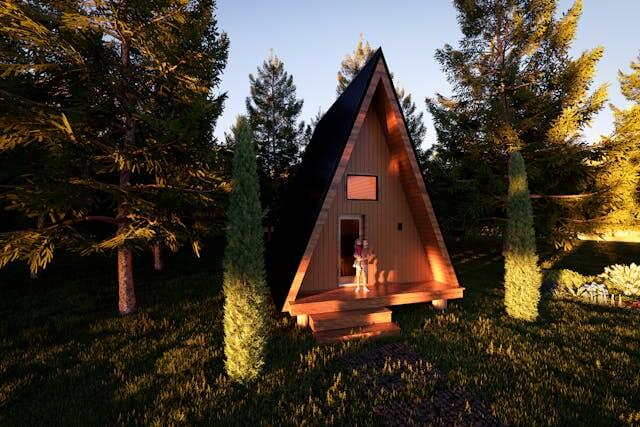What Are Tiny House Communities?
Tiny house communities are growing across the United States, giving people legal, affordable options for sustainable living. Whether you're looking for a rural eco-village or a suburban development, you can find tiny house communities in nearly every state.
These communities solve one of tiny living's biggest challenges: where to legally park or place your home. They provide zoning-compliant locations with utilities, amenities, and often a built-in social network of like-minded neighbors pursuing simplified living.
Communities vary widely in style, from basic RV parks accepting tiny homes on wheels to master-planned developments with resort amenities. Some allow you to bring your own certified tiny house, while others require purchasing homes through the community's approved models and builders.
Every tiny house community has different rules about zoning, minimum sizes, and certifications. Learn about state-specific zoning laws before joining a community so you know what to expect. You can also connect with builders who create tiny houses certified for community living and understand the requirements.
